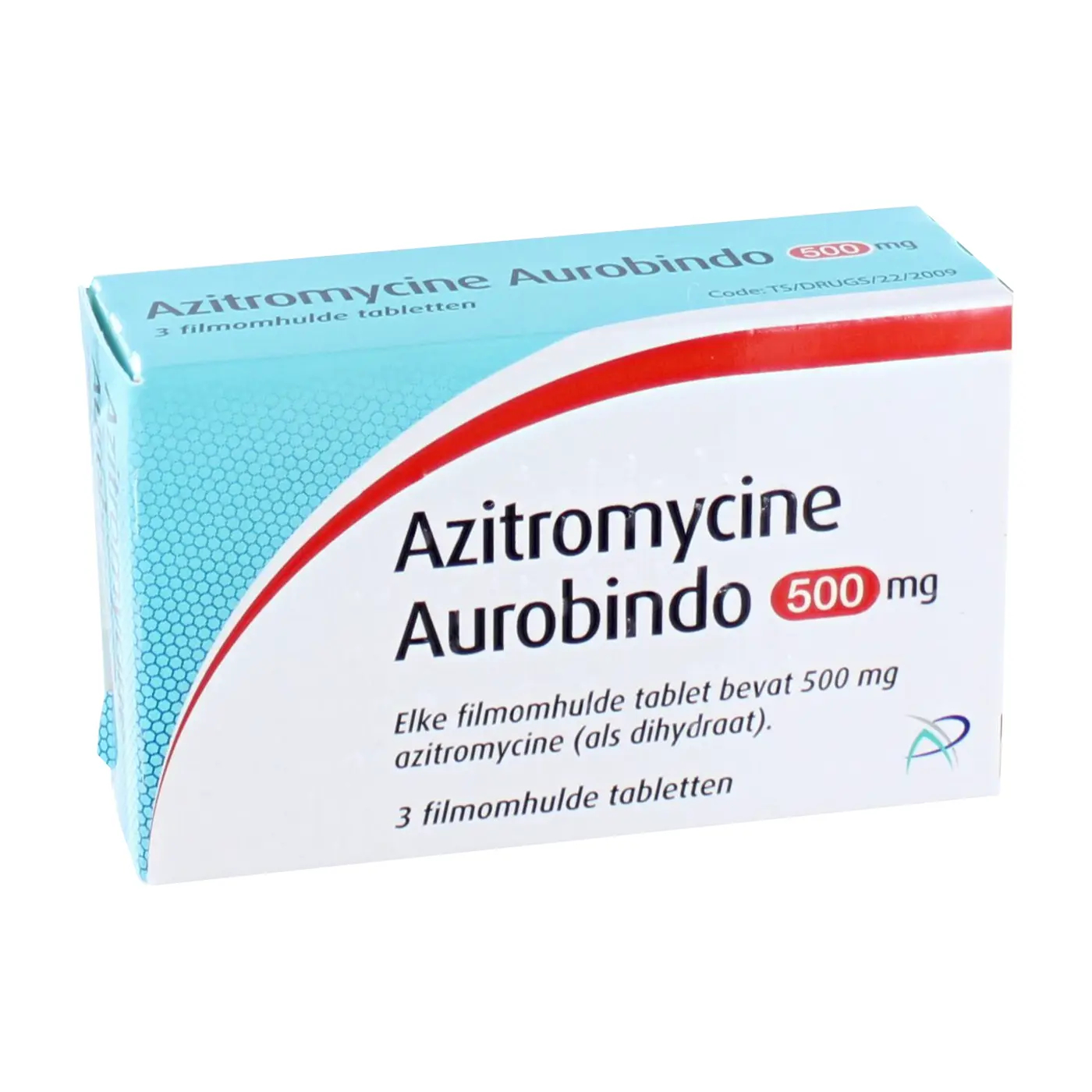Why Choose Azithromycin?
Effective Against Common Infections: Azithromycin is a reliable choice for treating common bacterial infections like bronchitis and pneumonia, offering fast relief. Its broad-spectrum activity makes it a versatile option for many patients, and the convenient dosing schedule enhances adherence to treatment.
Convenient Dosing Schedule: The once-daily dosing of azithromycin simplifies treatment and improves patient compliance. This ease of administration is particularly beneficial for individuals with busy schedules or those who find it difficult to take multiple doses throughout the day.
Broad-Spectrum Antibiotic: Azithromycin effectively targets a wide range of bacteria, making it suitable for various infections. Its versatility ensures that it can address many bacterial causes, providing a valuable tool in combating infections.
Well-Tolerated by Many: Compared to some other antibiotics, azithromycin is generally well-tolerated with fewer side effects. This favorable profile contributes to better patient adherence and overall treatment outcomes, making it a preferred choice for many healthcare providers.
Effective Against STIs: Azithromycin is a first-line treatment for chlamydia and gonorrhea, offering a reliable solution. Its efficacy in treating these sexually transmitted infections makes it a crucial tool in public health efforts to prevent and control the spread of STIs.
Fast-Acting Relief: Many patients experience noticeable improvement within a few days of starting azithromycin. This rapid response can provide much-needed relief from infection symptoms, improving quality of life and promoting faster recovery.
Always follow your doctor’s instructions for the best results and safety.


